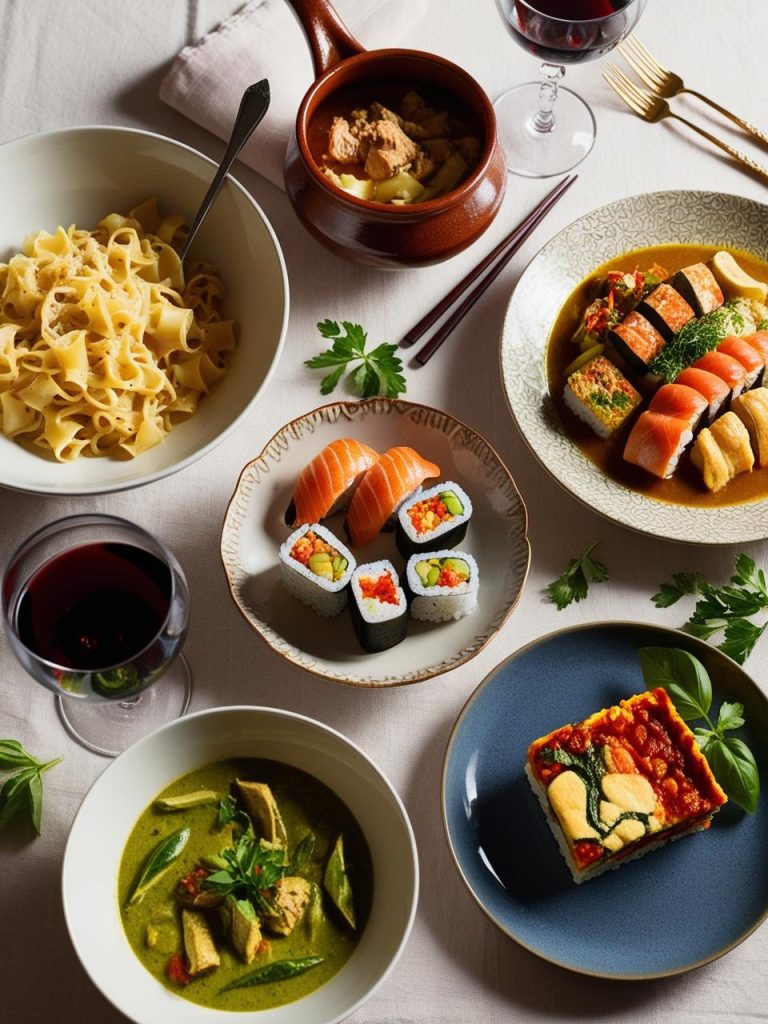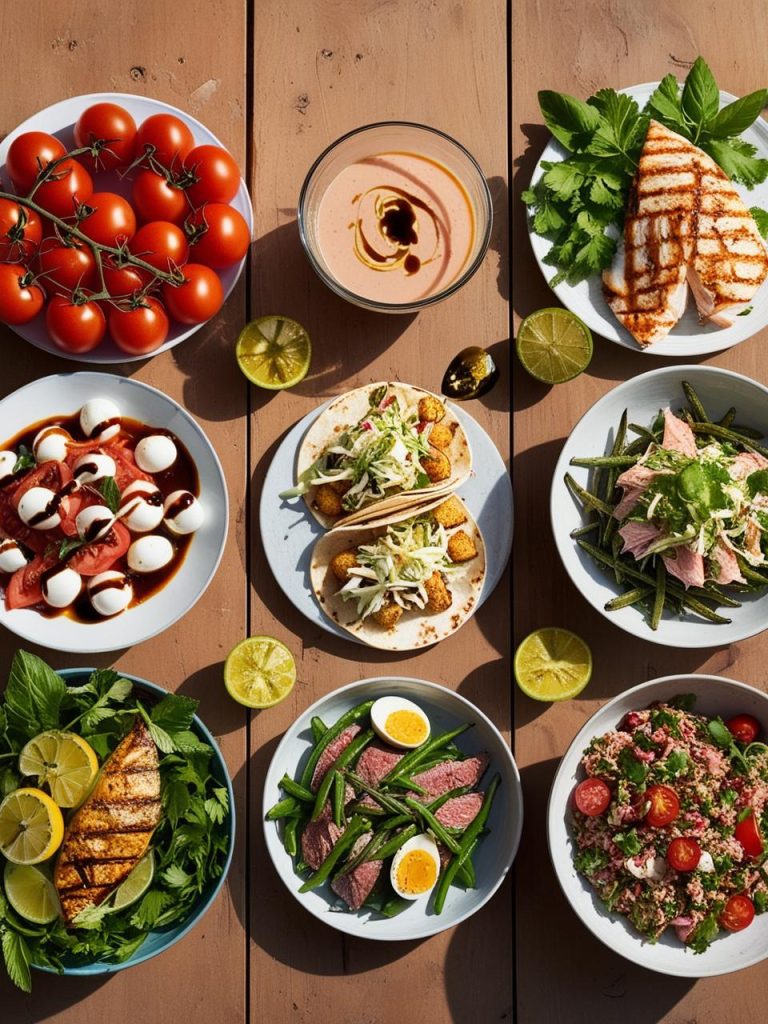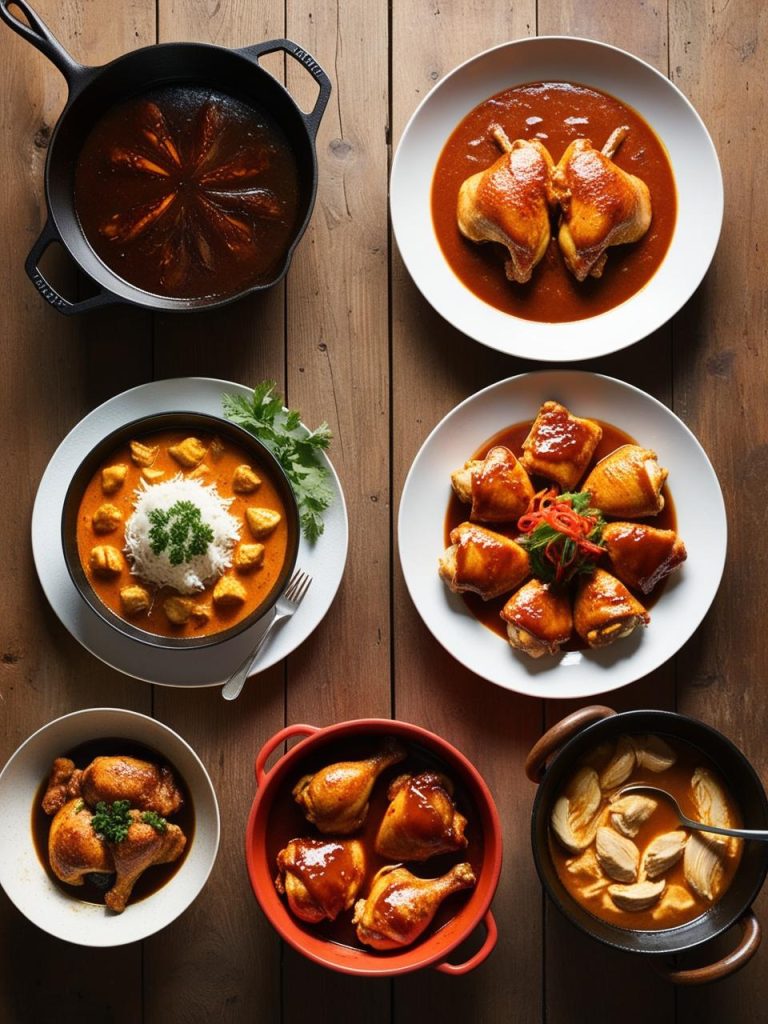From Ancient Traditions to Modern Keto: 5 Breakfast Recipes with a Rich History
The keto diet may seem like a modern trend, but many of its core principles—low-carb, high-fat meals—have been followed by various cultures throughout history. Here are five fascinating keto-friendly breakfast recipes, each with a rich historical background.
1. Keto Pancakes (Inspired by Ancient Roman Alita Dolcia)

History:
Pancakes have been around for thousands of years, with early versions found in ancient civilizations like Rome and Greece. The Romans made a dish called “Alita Dolcia,” which means “another sweet.” This dish was a simple, lightly sweetened pancake-like creation made from eggs, water, and sometimes almond flour. It was commonly enjoyed with honey or cheese. Unlike modern fluffy pancakes, Roman pancakes were thinner and more similar to crepes.
How and Why People Made It:
In ancient Rome, wheat was expensive and not always available to everyone. Instead, people made pancakes using alternative ingredients such as eggs and nuts. Roman soldiers and travelers especially liked them because they were easy to make and required few ingredients. Pancakes were often prepared during religious festivals or special occasions, sometimes sweetened with honey as a delicacy.
2. Shakshuka (Middle Eastern Egg Dish with Keto Origins)
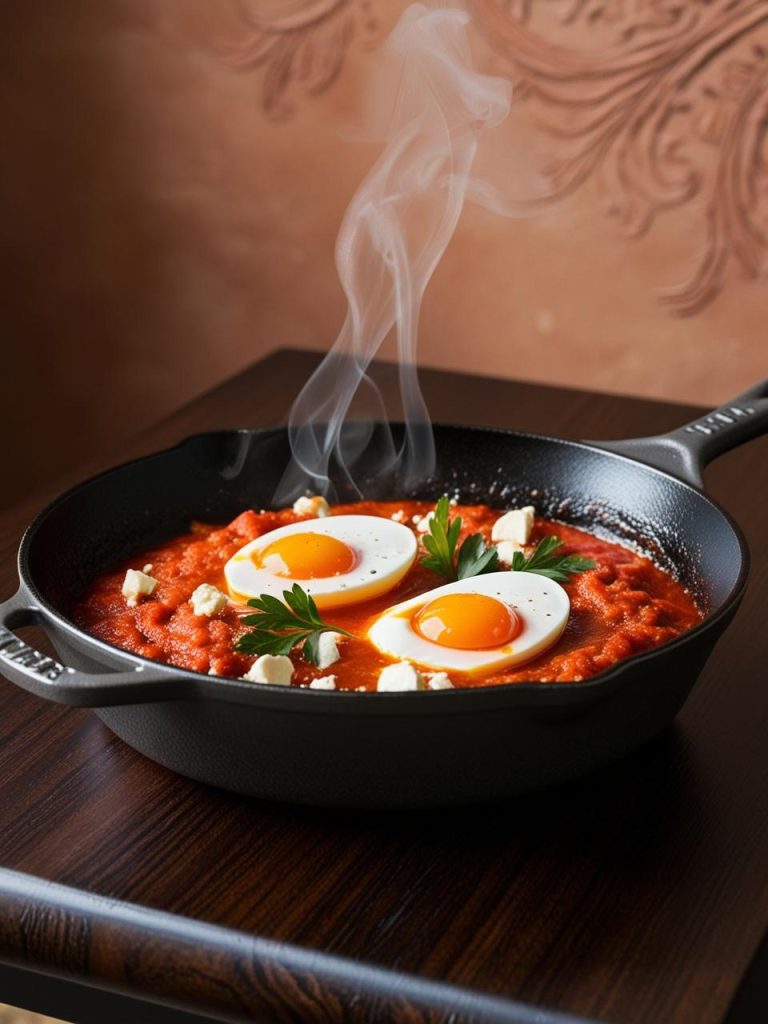
History:
Shakshuka has deep roots in North Africa and the Middle East. Historians trace its origins back to the Ottoman Empire, though it may have existed even earlier in the Maghreb region (modern-day Tunisia, Algeria, and Morocco). The dish became popular across the Mediterranean and was later introduced to Israel, where it remains a breakfast staple.
How and Why People Made It:
Shakshuka was originally made as a way to create a filling, nutritious meal using inexpensive and widely available ingredients. Eggs were a common source of protein, and tomatoes were easy to grow in hot climates. The dish was popular among farmers and laborers who needed a hearty meal to start the day. Over time, different cultures added their own touches, incorporating spices, vegetables, and cheese.
3. Chaffles (Inspired by Belgian Waffles, Reimagined for Keto)
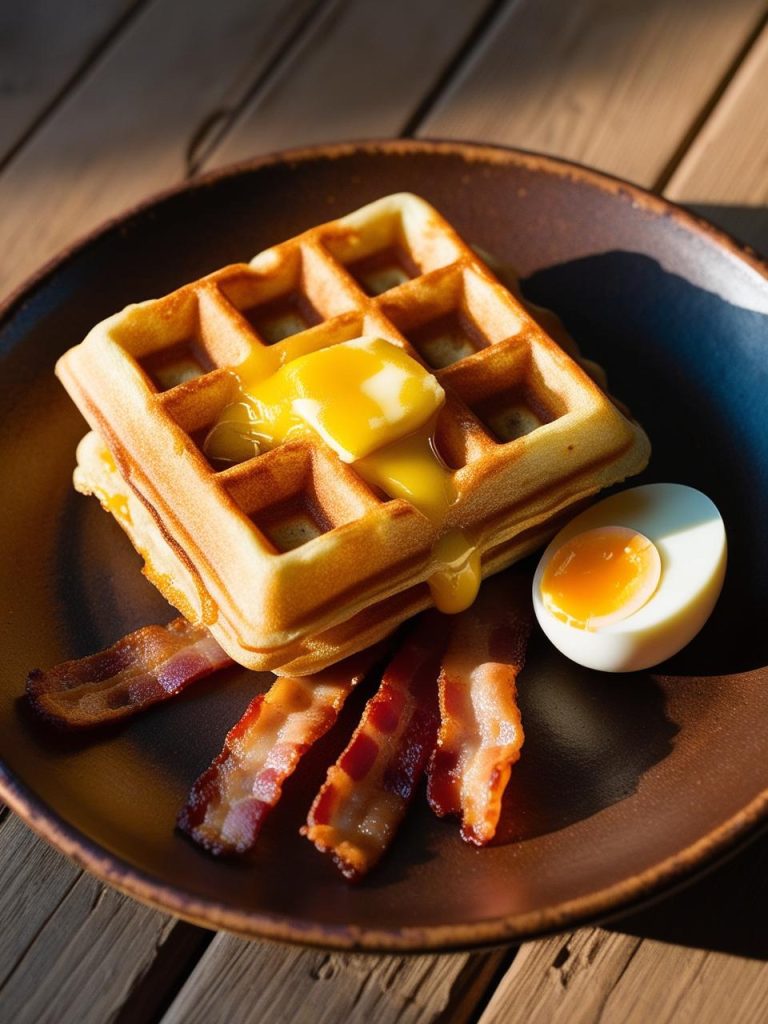
History:
Belgian waffles date back to the Middle Ages in Europe. The original waffles were not the fluffy, sweet versions we know today but rather simple, yeast-leavened cakes cooked between two hot iron plates. They were popular at fairs and religious festivals, often eaten with cheese and meats rather than sugary toppings.
How and Why People Made It:
Waffles were originally made as a convenient, portable food that could be cooked over an open flame. In medieval Europe, they were sold as street food during religious celebrations. The keto-friendly chaffle (cheese + waffle) is a modern reinvention of this concept, replacing flour with cheese and eggs. It aligns closely with the early European tradition of eating waffles with savory ingredients rather than sweet syrups.
4. Bulletproof Coffee (A Modern Take on Tibetan Butter Tea)
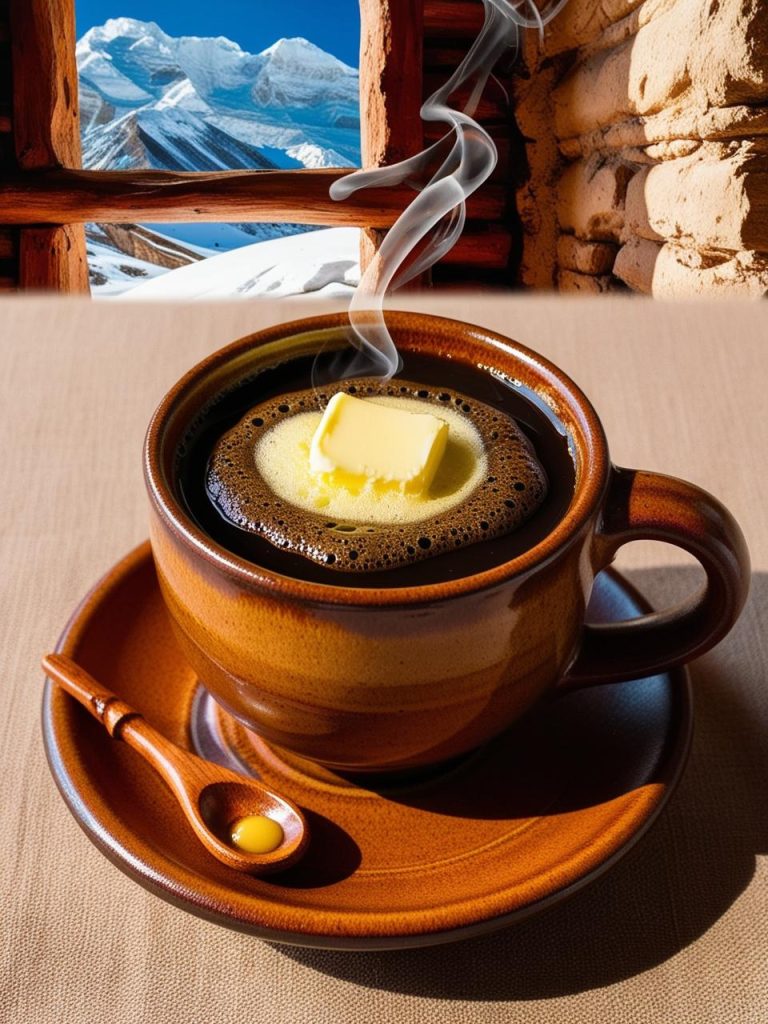
History:
The idea of adding butter to hot beverages is centuries old. Tibetan butter tea, or “Po Cha,” has been consumed for over a thousand years, especially by Tibetan monks and nomads. This high-fat, energy-rich drink was essential for surviving the harsh, high-altitude environment of the Himalayas. In the 2010s, entrepreneur Dave Asprey adapted this concept into “Bulletproof Coffee,” replacing tea with coffee and adding MCT oil for a keto-friendly energy boost.
How and Why People Made It:
Tibetan butter tea was made using tea leaves, yak butter, and salt, helping people endure extreme cold and long periods without food. It provided essential fats, calories, and hydration. The modern Bulletproof Coffee follows the same logic, offering lasting energy without carbohydrates, making it popular among keto dieters and intermittent fasters.
5. Avocado & Smoked Salmon (A Dish with Scandinavian Roots)
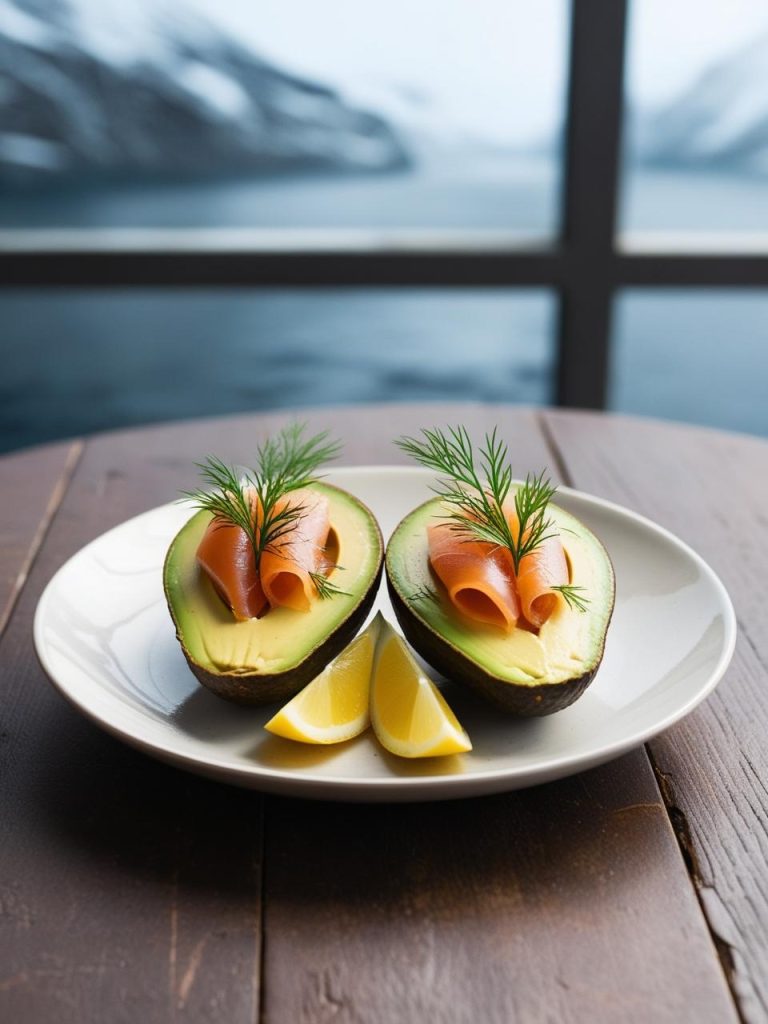
History:
The combination of smoked fish and fatty foods has been a staple in Nordic and Scandinavian cuisine for centuries. Vikings and early Nordic settlers relied on smoked salmon and other preserved fish to survive long winters. Curing and smoking fish were crucial preservation techniques, as refrigeration didn’t exist. Avocados, however, were introduced to Europe much later, but they have become a popular pairing with salmon due to their high healthy fat content.
How and Why People Made It:
Scandinavian fishermen and traders needed nutrient-dense foods that would last for months without spoiling. Smoked salmon provided a reliable protein source, and when avocados became globally available, they became an ideal complement due to their creamy texture and healthy fats. Today, this combination is a staple in keto diets for its rich flavors and nutritional benefits.

